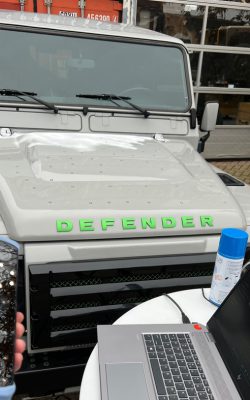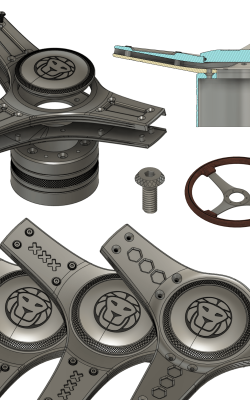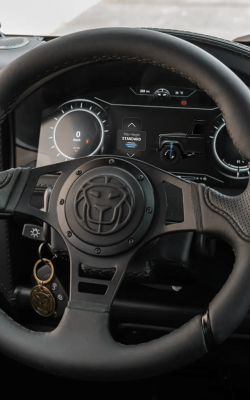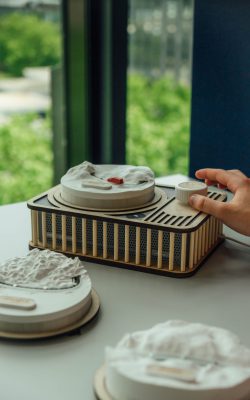My vision as a designer
In a world increasingly shaped by technology, I envision interfaces becoming bridges that empower users to unlock the full potential of machines and devices. These interfaces will morph into intuitive extensions of the human mind, prioritizing user-centered design principles like adaptability and clear communication to ensure a smooth and enjoyable learning curve.
This user-centric philosophy directly translates to the rapidly transforming world of car interiors. Human-Machine Interfaces (HMI) are not just control panels anymore, becoming ever more complex with car manufactures pushing for as much features as they can. However, the future of HMIs in cars goes beyond touchscreens. It’s about creating interfaces that seamlessly integrate with the driving experience, offering intuitive and user-friendly interactions that go beyond traditional controls. My internship at The Landrovers served as a catalyst, solidifying my passion for this particular part of interface design.
I imagine a future where HMIs become customizable canvases. Users can leverage intuitive tools to personalize their driving environment, tailoring displays, functionalities, and even in-car entertainment to their specific needs and desires. As autonomous vehicles become a reality, HMIs will transition from control panels to collaborative companions that empower users to maintain a sense of control. This might involve delegating tasks to the car while still offering the user the ability to intervene and personalize the journey.
My passion lies in crafting interfaces that transcend function and engagement. These interfaces will be deeply integrated with the user to empower them to unlock what they want to create with the machine or device’s being the tool to be able to do that, reflecting its unique environment and allowing the specific needs of the user. However, functionality is just one piece of the puzzle. I believe these interfaces must also be the essence of what they represent. This means incorporating design elements that resonate with the brand or user identity, creating a seamless experience. By understanding user needs, embracing emerging technologies, and collaborating with industry experts, I aim to shape the future of human-machine interaction. This vision, continuously evolving through experience and learning, will drive me to create interfaces that empower users, elevate the interaction between humans and machines. It will allow me to design interfaces that are both intuitive, exhilarating, and allows for an intuitive connection between user and technology.





